The Caribbean Islands, known for their stunning beaches and vibrant culture, are also home to a remarkably diverse array of wildlife. This region offers a unique blend of biodiversity, resulting in some of the most fascinating animal species on the planet. From colorful birds and butterflies to one-of-a-kind marine life and terrestrial animals, the Caribbean showcases a rich tapestry of nature’s wonders. Join us as we explore the top 10 animals and wildlife in the Caribbean Islands, offering insights into their characteristics, habitats, and the conservation efforts critical for their survival.
1. The Stunning Caribbean Flamingo

The Caribbean Flamingo, with its iconic pink plumage, is perhaps the most recognizable bird in the region. Found predominantly in the Bahamas, Cuba, and Turks and Caicos, these birds thrive in saline or alkaline lakes, lagoons, and mangrove swamps. Their unique coloration comes from carotenoid pigments in their diet, consisting mainly of algae and crustaceans. Conservation efforts have been essential in maintaining their habitats against threats from human development and climate change.
2. The Playful West Indian Manatee

The West Indian Manatee, also known as the sea cow, inhabits the warm coastal areas of the Caribbean. These gentle giants, weighing up to 1,200 pounds, graze on seagrasses and are known for their docile behavior. Despite their size, manatees are quite vulnerable to human activities, including boat strikes and habitat loss. Conservation initiatives, both governmental and non-governmental, are critical for preserving their population.
3. The Elusive Solenodon
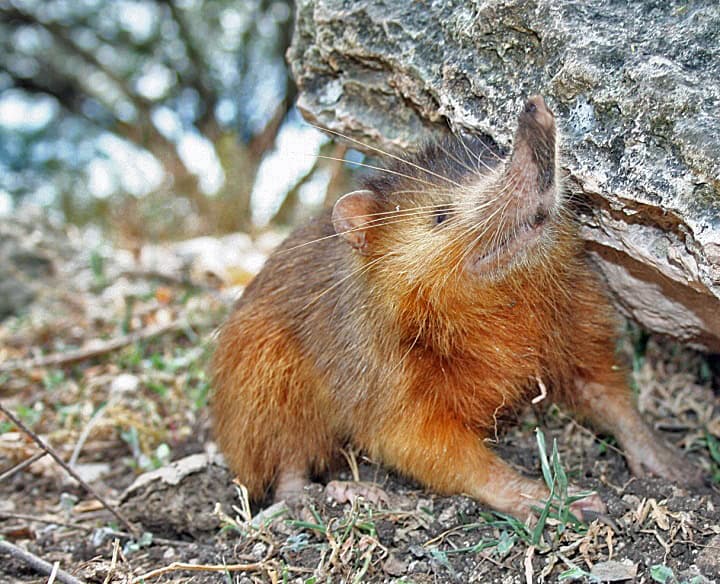
The Solenodon, a nocturnal mammal, is one of the most intriguing and rare animals in the Caribbean, specifically found in Cuba and Hispaniola. Resembling a large shrew, this ancient species has a venomous bite and long snout adapted for rooting out insects. Due to predation by introduced species and habitat loss, solenodons are classified as endangered. Conservationists are working tirelessly to protect these unique creatures and their habitats.
4. The Resilient Jamaican Iguana
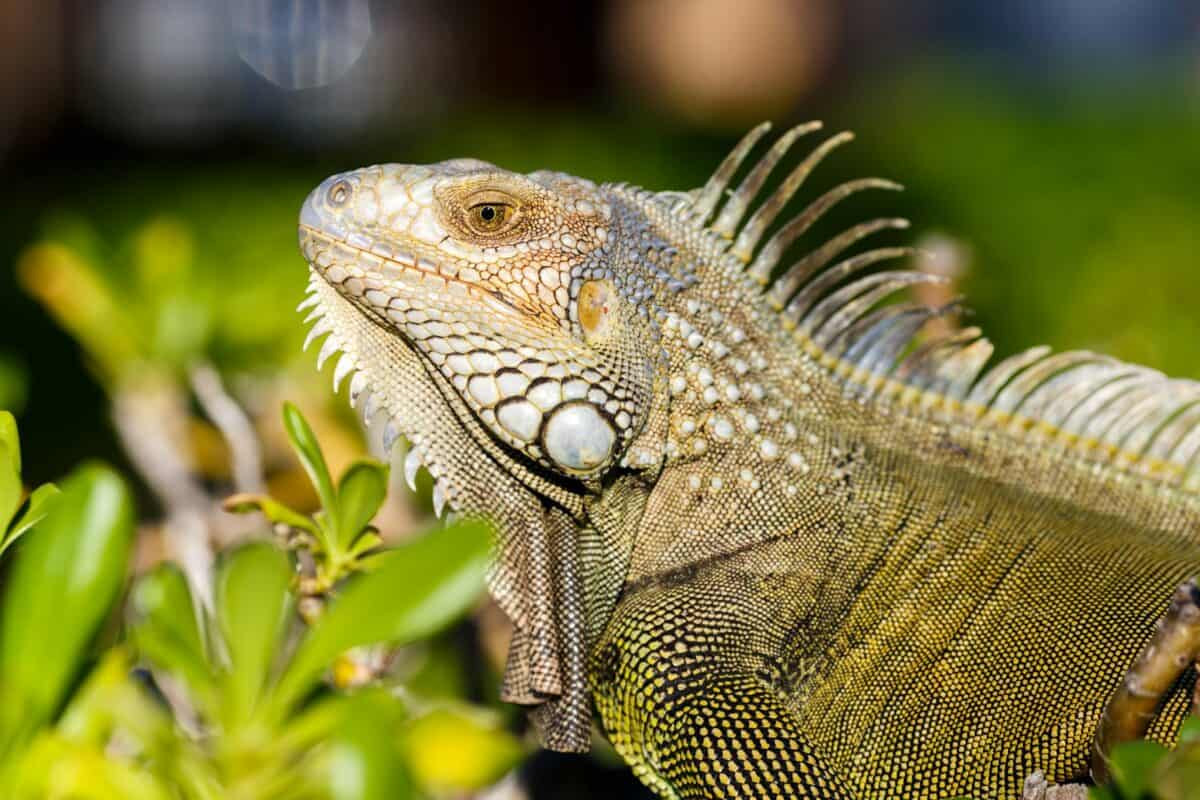
Once thought extinct, the Jamaican Iguana is a symbol of hope for reptile conservation. Found only in the Hellshire Hills of Jamaica, this large lizard faces threats from deforestation and invasive species like cats and dogs. Thanks to dedicated conservation efforts, including a robust breeding and release program, their numbers are slowly increasing.
5. The Vibrant Blue-Headed Hummingbird

The Blue-Headed Hummingbird can be found flitting among the flowers of the Dominican Republic and Puerto Rico. Their dazzling feathers and rapid wing beats make them a favorite among bird watchers. To survive, these tiny birds rely on a diet rich in nectar and insects, pollinating many plant species in the process. Protecting their natural habitats from deforestation is crucial for their continued survival.
6. The Majestic Antillean Crested Hummingbird
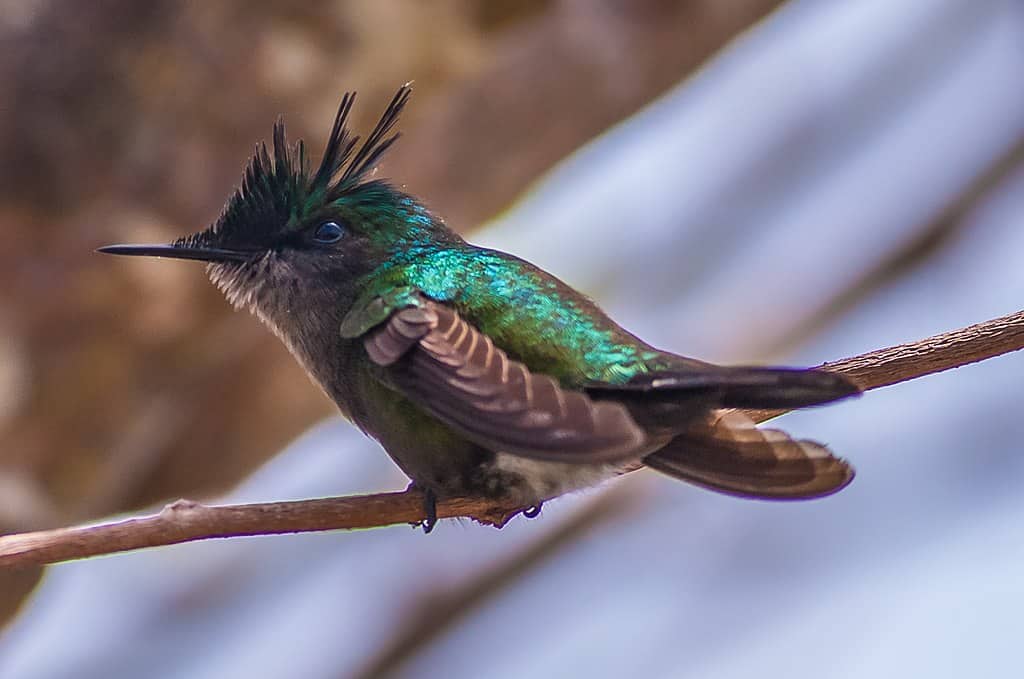
Another hummingbird species charming locals and tourists alike is the Antillean Crested Hummingbird. This small bird, endemic to the Lesser Antilles, is noted for its brilliant crest and iridescent feathers. The Antillean Crested Hummingbird plays a vital role in pollination, and the preservation of flowering plants and trees is essential for its survival.
7. The Giant Leatherback Turtle

The Leatherback Turtle, the largest sea turtle species, can be found nesting on the beaches of Trinidad, Tobago, and the Dominican Republic. Despite being marine behemoths, Leatherback Turtles are graceful swimmers, capable of traveling thousands of miles across oceans. These turtles face numerous threats, such as bycatch in fishing gear, plastic pollution, and coastal development, making conservation efforts critical to their survival.
8. The Endemic Grenada Dove
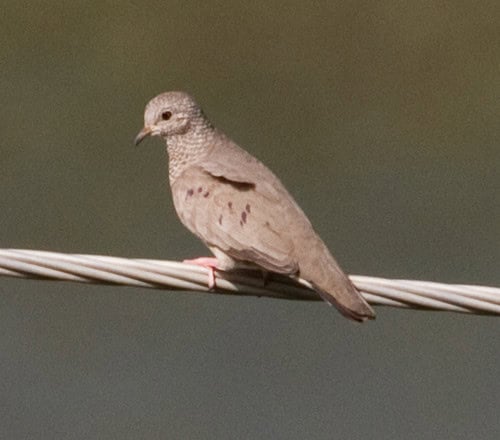
The Grenada Dove, a symbol of conservation in Grenada, is one of the rarest and most endangered birds in the Caribbean. With fewer than 100 individuals left, this dove is found only in dry coastal forests on the island. Habitat destruction due to development is the primary threat, and conservation programs are focusing on habitat restoration and protection to save this species from extinction.
9. The Agile Cuban Hutia
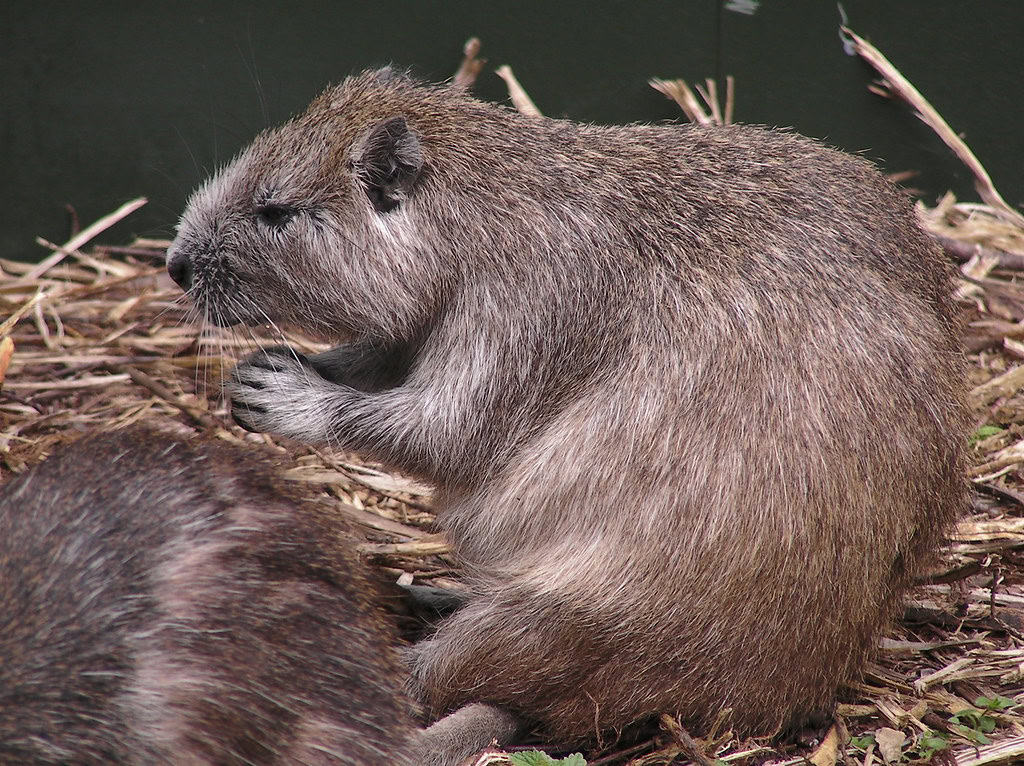
Cuban Hutia, small rodent-like animals indigenous to Cuba, are known for their adaptability. They inhabit forests, mangroves, and agricultural fields, and are primarily herbivorous. Although Hutias are more resilient to habitat changes than many other species, they still face threats from hunting and habitat fragmentation. Conservationists are actively monitoring their populations to ensure their long-term survival.
10. The Mysterious Nassau Grouper
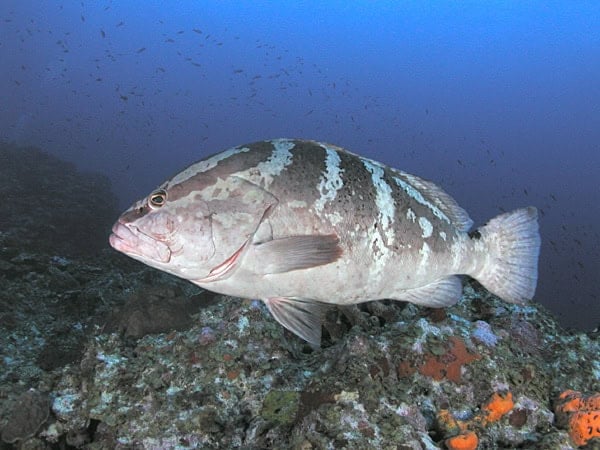
The Nassau Grouper, a large reef fish, is found throughout the Caribbean Sea. Known for their impressive size and striking patterns, these fish are crucial to the reef’s ecosystem but are vulnerable to overfishing and habitat loss. Conservation efforts focus on regulating fishing practices and protecting coral reef habitats crucial for their breeding and survival.
Conservation Efforts and Final Thoughts

Preserving the rich biodiversity of the Caribbean Islands is a complex but vital task. Each species contributes to the ecological balance, offering invaluable benefits to the environment and the people living in the region. Sustainable conservation practices, education, and community involvement are key to ensuring these unique species continue to thrive. By recognizing the significance of these animals and supporting conservation efforts, we can help protect the Caribbean’s extraordinary wildlife for future generations to enjoy.
- The Deepest-Dwelling Sea Creatures Ever Discovered - August 9, 2025
- Oregon’s Giant King Salmon Keeps Fishermen Dreaming Big - August 9, 2025
- 9 Rare Spiders Facing Extinction Due to Habitat Loss - August 9, 2025

